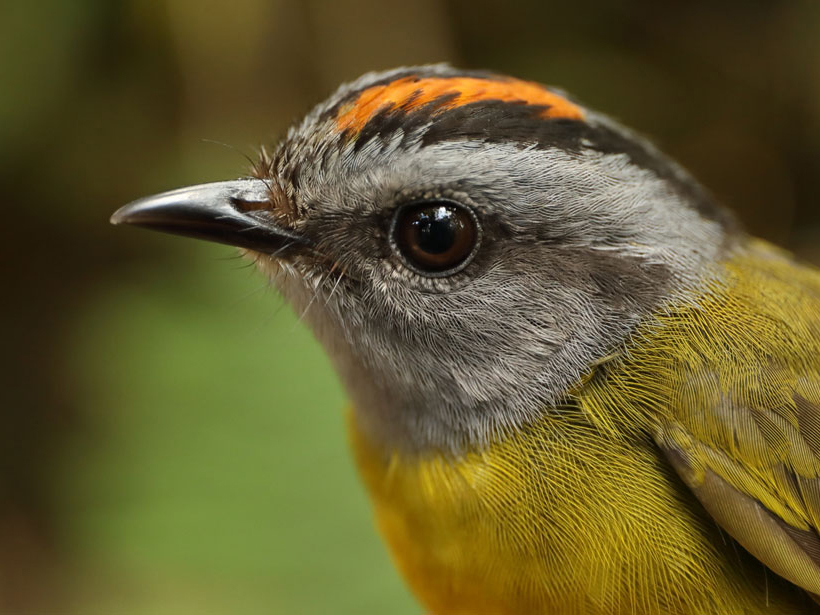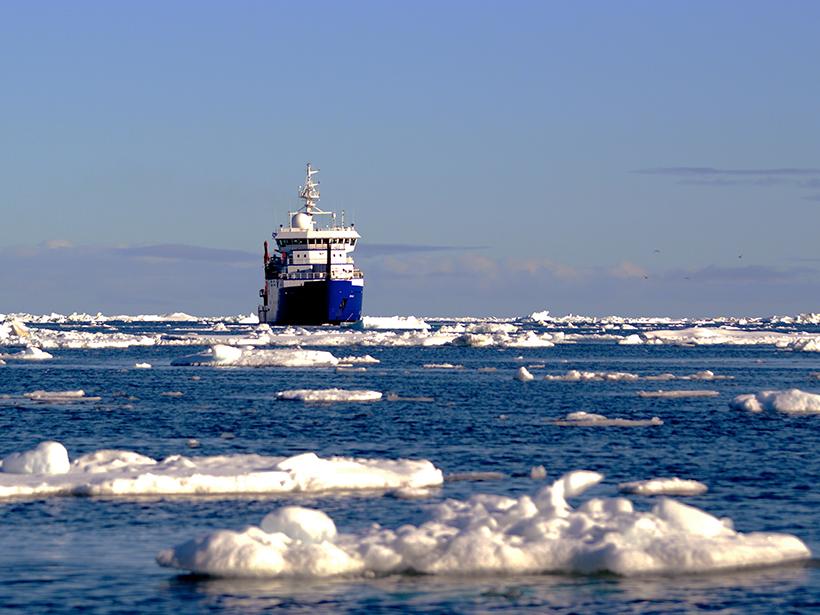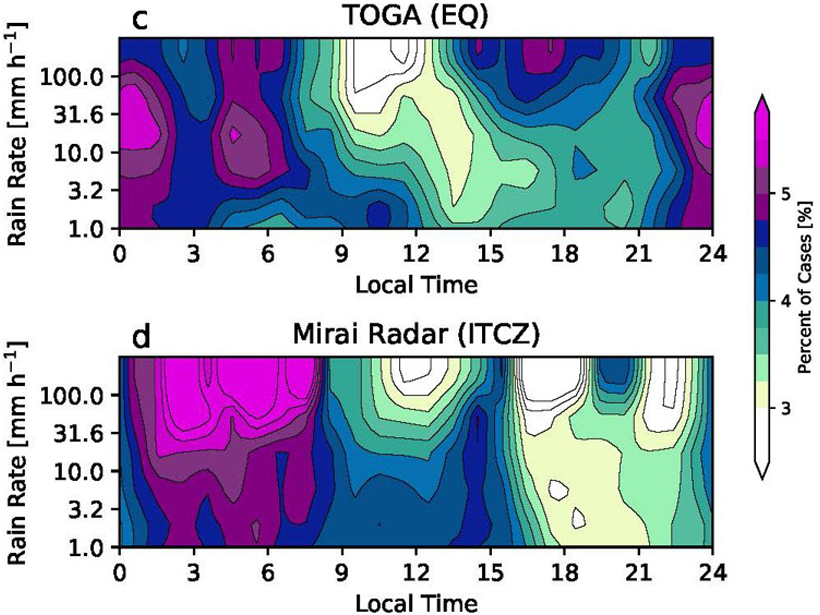A new million-dollar matching grant challenge will invest in future generations of scientists as a way to start the next transformational era of Earth and space science.
CC BY-NC-ND 2018
Polarization Measurements Probe the Physics of Lightning
A new measurement capability can detect the polarization of the radio frequency wave of lightning sources, which reveals different forms of lightning breakdown processes.
Girl Scouts Can Now Earn Space Science Badges
Young Girl Scouts can be explorers, adventurers, and investigators as they work toward badges that teach them about the Sun, the solar system, and the stars.
Free Flight Time for Projects in Atmospheric Sciences
Got an urgent or innovative project that involves collecting airborne data? A research flight company is donating an estimated $100,000 of its resources to help you.
Bruning Receives 2018 Atmospheric and Space Electricity Early Career Award
Eric C. Bruning will receive the 2018 Atmospheric and Space Electricity Early Career Award at AGU’s Fall Meeting 2018, to be held 10–14 December in Washington, D. C. The award recognizes “outstanding early career contributions to atmospheric and space electricity.”
Peruvian Mountain Birds Take an “Escalator to Extinction”
As the climate warms, tropical birds living in the mountains are retreating to higher elevations to avoid the heat. What happens when they run out of mountain slope to escape to?
Countries Urge Increased International Research in the Arctic
A joint statement from countries with interests in the Arctic emphasizes the need for scientific collaboration in this rapidly changing region but sidesteps attributing climate change to human activities.
Brine Pools Emerge as a New Place to Search for Life on Mars
Some pools of salty water on the Red Planet could contain enough dissolved oxygen for microorganisms and sponges to survive, new calculations suggest.
Digging Deep into Geosciences with Minecraft
Building volcanoes, caves, and other features in an “open-world” computer game is an engaging way to teach the next generation about Earth.
Diurnal Variation of Rainfall over the Equator Revisited
Radar data show an afternoon precipitation maximum in the equatorial Indian Ocean in addition to the nocturnal maximum; this occurs under light surface winds and suppressed large-scale convection.









